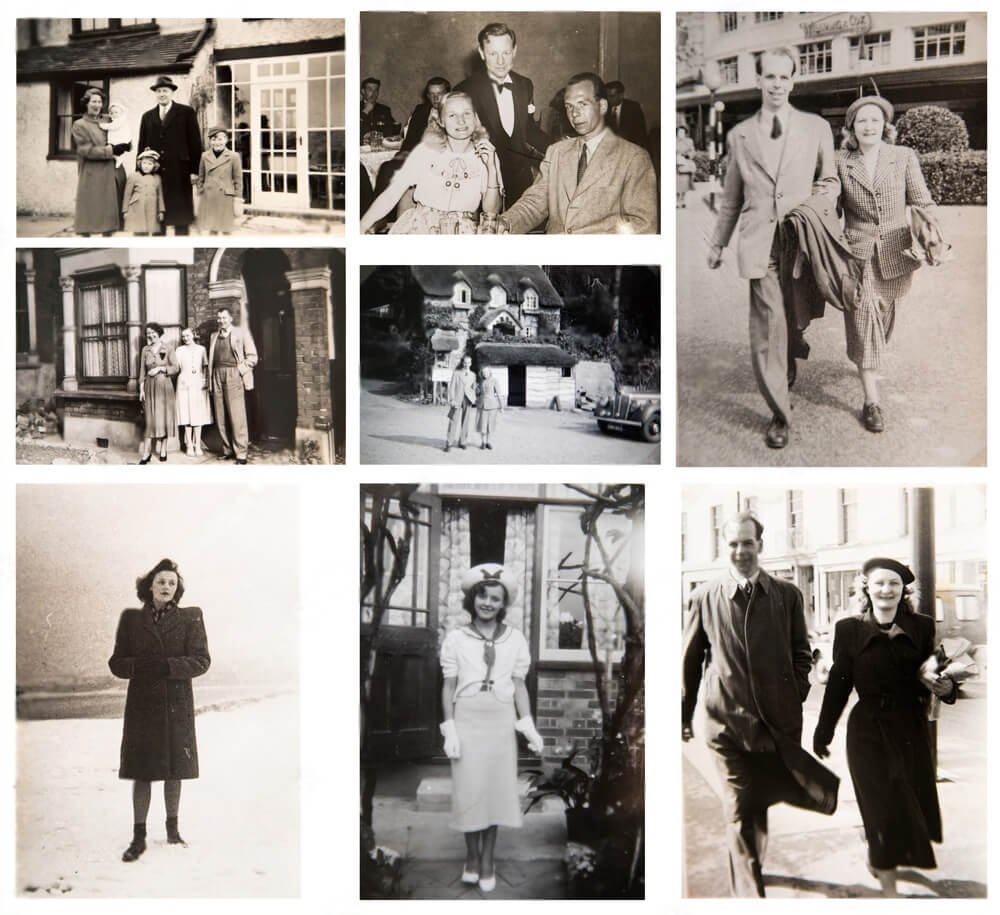Delve into the origins of the brown pigment in vintage photos, exploring the techniques used by 19th and early 20th-century photographers to achieve these enduring and aesthetically pleasing colors.
What is the Brown Pigment in Vintage Photos?

The brown pigment in vintage photos is a result of historical photographic techniques and chemical processes like sepia toning. These methods not only enhanced the durability of photographs but also provided them with a distinctive, warm hue that continues to captivate viewers.
The Origin of Brown Pigment in Vintage Photos:
#1. Early Photographic Processes:
The brown pigment commonly seen in vintage photos is primarily a result of the photographic processes used during the 19th and early 20th centuries. The most notable of these processes include the daguerreotype, calotype, and albumen print, each contributing to the characteristic hues seen in antique images.
Daguerreotype (1839-1860s):
Invented by Louis Daguerre, this method involved a silver-plated copper sheet that was polished to a mirror finish and treated with iodine vapor to make it light-sensitive. The exposed plate was then developed using mercury vapor. The resulting images often had a monochromatic, silvery appearance with subtle brownish tones.
Calotype (1841-1860s):
Invented by William Henry Fox Talbot, the calotype process used paper coated with silver iodide. The exposed paper was developed using gallic acid and silver nitrate, producing a negative image that could be contact-printed to create positive prints. These prints often exhibited a softer, warmer brown tone due to the paper’s texture and the chemical reactions involved.
Albumen Print (1850s-1900s):
The albumen print, invented by Louis Désiré Blanquart-Evrard, used egg white (albumen) to bind silver salts to the paper. This process produced sharp images with rich, brown tones. The brown color resulted from the silver particles suspended in the albumen layer and the subsequent gold toning process used to enhance image stability and aesthetic quality.
#2. Sepia Toning
One of the most significant contributors to the brown pigment in vintage photos is sepia toning. Sepia toning was a common photographic technique used to enhance the longevity of photographs and provide them with a warmer, more appealing color palette.
Chemical Process:
Sepia toning involved replacing the metallic silver in the print with a more stable silver sulfide compound. This was achieved by treating the photograph with a solution containing sulfur compounds, typically sodium sulfide or thiourea. The chemical reaction transformed the silver into silver sulfide, giving the image its characteristic brown or sepia tone.
Aesthetic Appeal:
Besides its chemical benefits, sepia toning was popular for its aesthetic qualities. The warm, brown hues of sepia-toned photographs were considered more pleasing to the eye compared to the cold, blue tones of untreated black-and-white photos. This made sepia-toned images a preferred choice for portraits and artistic photography.
Modern Reproductions and Nostalgia:
Today, the sepia tone remains popular in digital photography and printing, often used to evoke a sense of nostalgia or to replicate the look of vintage photos. Modern digital tools and filters can easily mimic the sepia effect, allowing contemporary photographers to achieve the classic, warm-toned aesthetic without the need for chemical processing.
Conclusion:
Understanding these processes offers a glimpse into the artistry and science behind early photography, highlighting the ingenuity of the pioneers in the field.
